Spotlight on Therese Frare
Mar 30, 2014
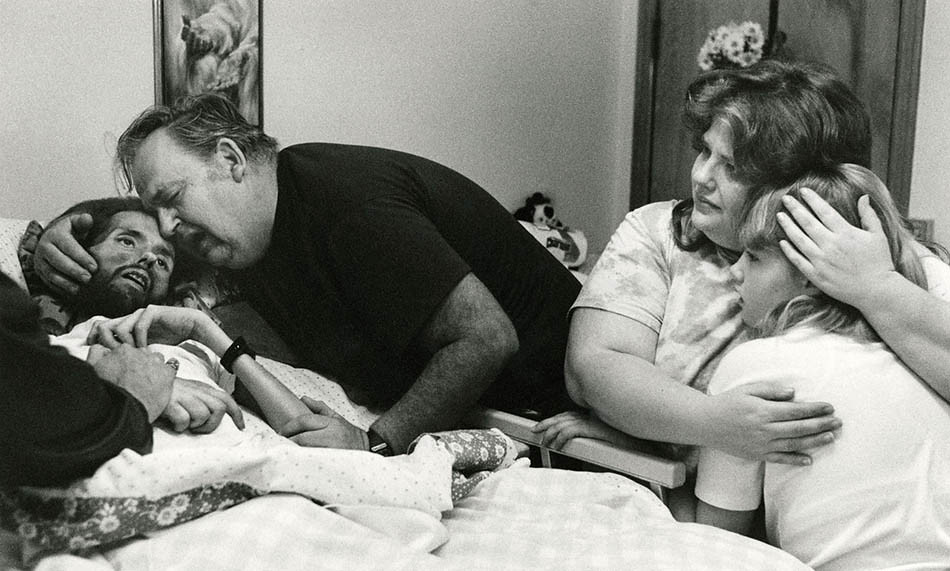
TID:
Thanks for being open to speaking with us. This goes without saying, that this is a phenomenal image that has become iconic. It’s been covered a great deal in the media, but we’re grateful for your time. Can you set the stage for us of how the image was made?
THERESE:
Given what was going on it there was a lot of stigma at the time. People just didn’t understand. We were in Ohio in the middle of country, which was not as progressive as other places. There was a lot of fear and misunderstanding. People didn’t want any attention drawn to it.
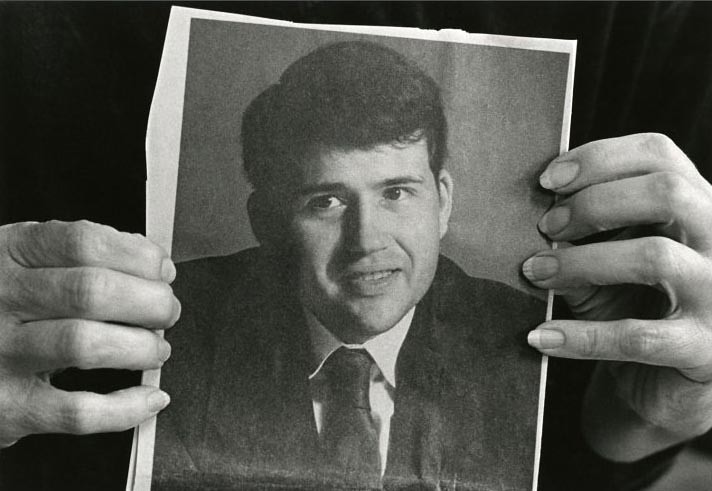
I was in grad school at the time, and had worked for ten years as a photographer before. I tried several times to do a documentary on AIDS, it was almost impossible given the climate at the time. I had a very hard time getting access, but finally one place, Pater Noster House, said you can come clean up and serve food.
When I met David he said I could take his picture, as long as it wasn’t for personal gain. I thought no one would ever see these images. In retrospect it was like he knew what was all coming down.
TID:
What was going on in your mind when you made the image?
THERESE:
When I first saw the film I was like, “Wow!” I knew it was a spectacular image. The question then was now what do we do with it? When all of this was going on, there was some parts that were difficult emotionally.
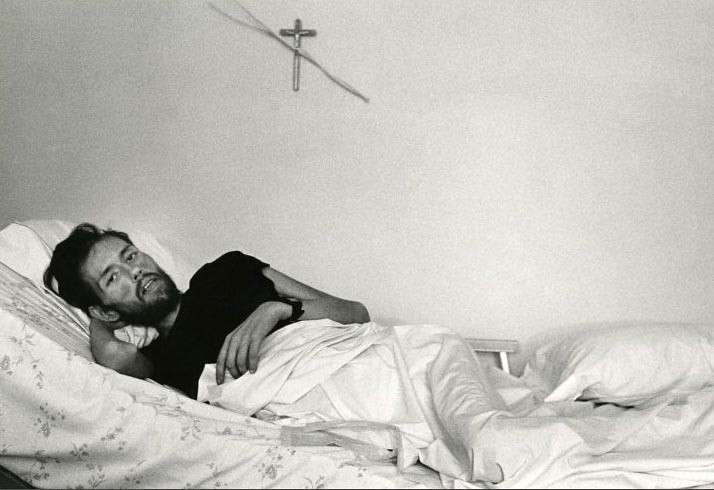
THERESE:
You wouldn’t believe how many times the images weren’t published, places were reluctant to publishing them. I later put that image that in an envelope and mailed it off to Life magazine, to the “Moment Section,” They called me back and said we want to publish it. I also took the image and mailed it to the World Press competition. After the judging this very nice woman called me to tell me I had won two awards from World Press. I responded thank you for calling me, but you must have the wrong person, because I only entered one, but she told me I had placed in general news and also won a Budapest Humanitarian Award.
I felt at the time that, wow somebody finally gets it. It was a moment of feeling understood, that the work begins to make sense. It was also a “I’m not crazy kind of moment.”
TID:
What’s surprising about the image?
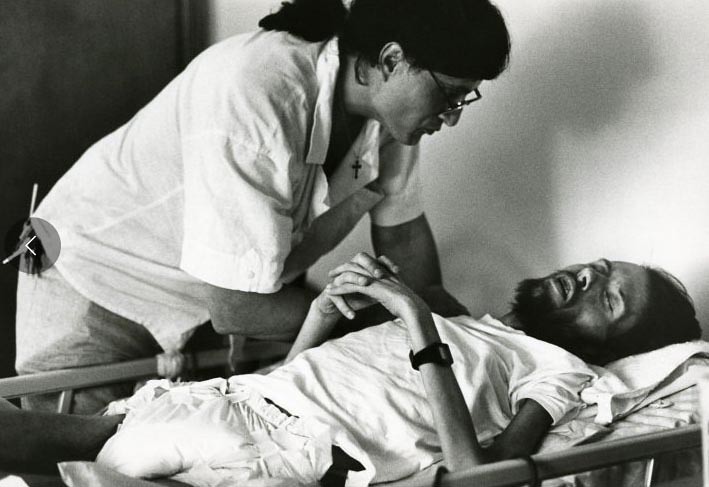
THERESE:
It was almost never seen. It almost ended up in a box with my other work from the university. If Life hadn’t published it, I might not have had the balls to submit it to World Press. If I hadn’t sent it to World Press then it would have never gone on to it’s second life with Benetton. This totally extended the reach of it - once Benetton got it, then it had global reach.
TID:
Benetton used the image in an advertising campaign, can you talk about that for those may not know about this?
THERESE:
They approached me and said we’re doing this issue oriented campaign, and that my photo was the most shocking that they had seen about AIDS. I went to Kirby family and asked what should we do? So when the Kirby family said we should do this, we did it and then it got published. We got quite a lot of press and it was banned in several countries. People left horrible message on my machine, it made me feel terrible. I know it was a shocking image, and that’s what Benetton does. I recognize it blurred the lines between advertising and reality, and the question was raised should we even be using an image liked this. But, this was the expressed wishes of the Kirby family.
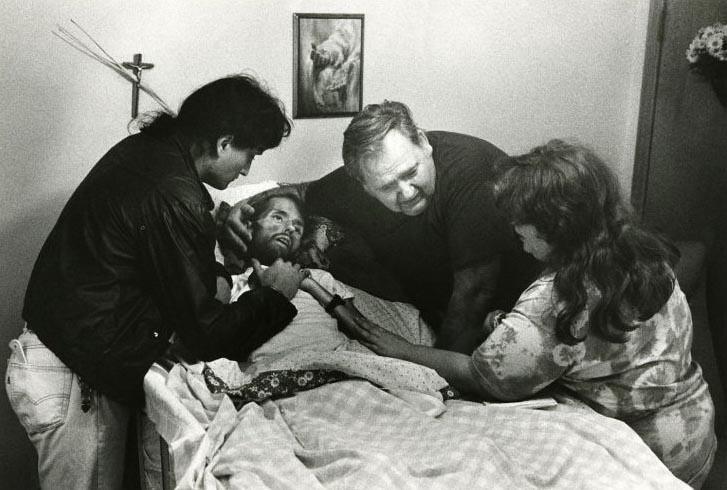
I’m not going to lie, there were moments of tears but I had the support of the Kirby family. Even went to a press conference together, they were so cool. Mr. Kirby said, “You know Benetton isn’t using us we’re using them.” He said using them, because David wanted the world to see what was happening the whole family was in. Whether we were imagining this or not, we all began to feel this was part of the plan. David was an activist, he was ludic and talked about the actions he wanted with the photo.
If I didn’t have the support of the Kirby family, I would have feel horrible, But I had the support and still have the support of the family. We still get along great it’s all good.
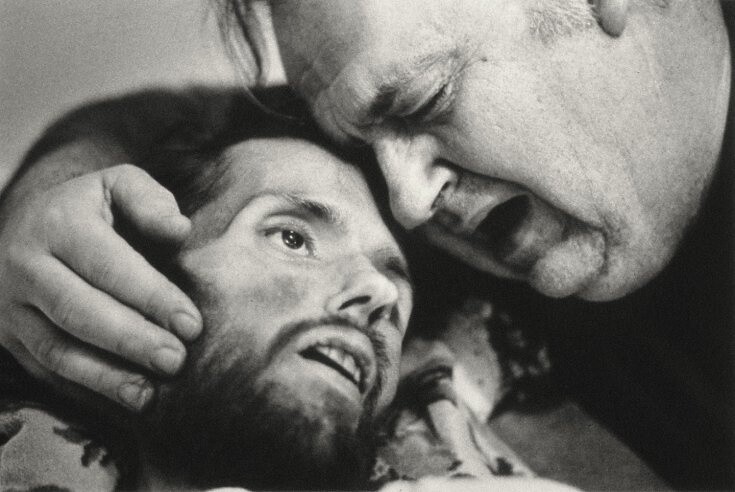
TID:
Looking back, what are your thoughts on the image now that time has passed?
THERESE:
It’s amazing! I’ve been listed in Life’s 100 Photos that have changed the world. Mine is beside the picture of man walking on the moon. My jaw dropped at that. I just feel very blessed. I’m not a religious person person, but I feel very blessed. I was was very fortunate , but fortunate doesn’t go far enough. I’m still in touch with the kirbys and I’m working with David’s sister who is in photo. All of the proceeds either go to AIDS organization or to his family.
TID:
How would you describe yourself, and what advice may you have for people?
THERESE:
I’m very dogged. I tell people it’s like living with a puppy inside my body – I’m just a very curious and persistent person. I think successes and failures go hand in hand, but I don’t hear the word no. I always thought of photography as communication, and I think because of that I might have pushed a little harder to get the image published. It is scary to think it could have never been seen or shared. I actually feel that way about photos I take on my iPhone, or on a trip. There’s so many images that are lost.
I believe in communication. I think there’s a power in communication. I even love when you go to ancient sites and see petroglyphs. You can’t help but ask why did those early people do this? I’m sure they wanted to say something, they wanted to communicate. That’s part of our fiber of who we are.

:::BIO:::
You can see more of Therese's work here: